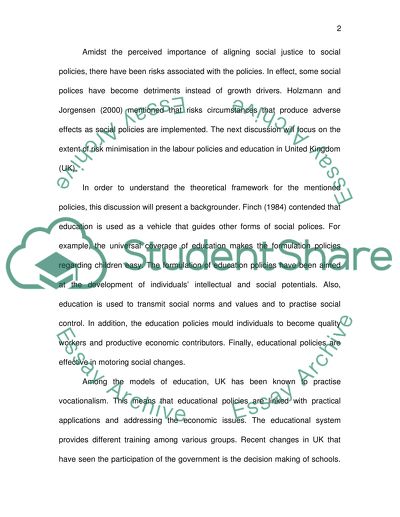Cite this document
(“SO 2010 Social Policy Assignment Essay Example | Topics and Well Written Essays - 2750 words”, n.d.)
Retrieved from https://studentshare.org/sociology/1509623-so-2010-social-policy-assignment
Retrieved from https://studentshare.org/sociology/1509623-so-2010-social-policy-assignment
(SO 2010 Social Policy Assignment Essay Example | Topics and Well Written Essays - 2750 Words)
https://studentshare.org/sociology/1509623-so-2010-social-policy-assignment.
https://studentshare.org/sociology/1509623-so-2010-social-policy-assignment.
“SO 2010 Social Policy Assignment Essay Example | Topics and Well Written Essays - 2750 Words”, n.d. https://studentshare.org/sociology/1509623-so-2010-social-policy-assignment.


